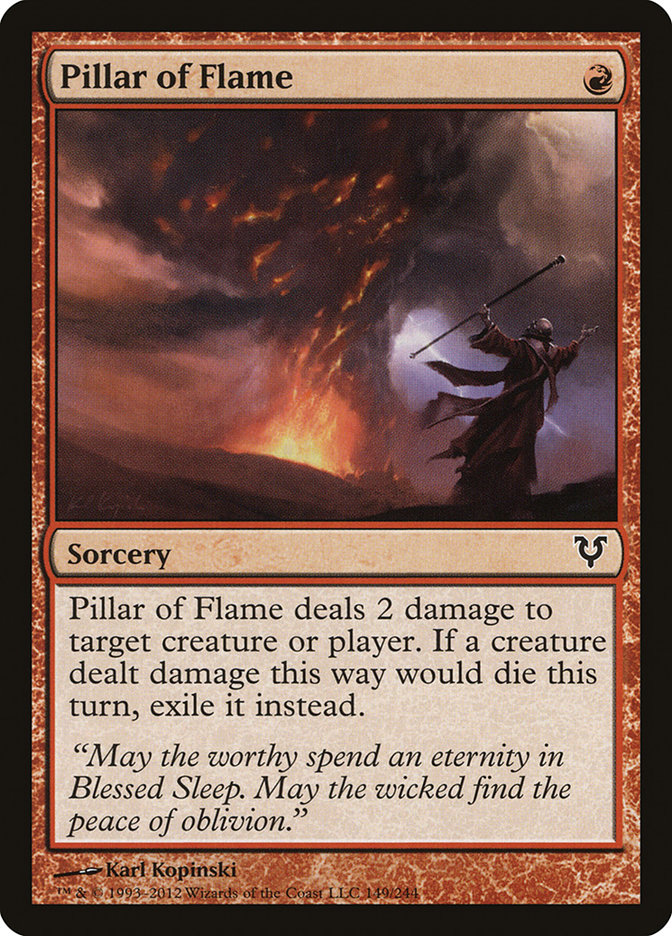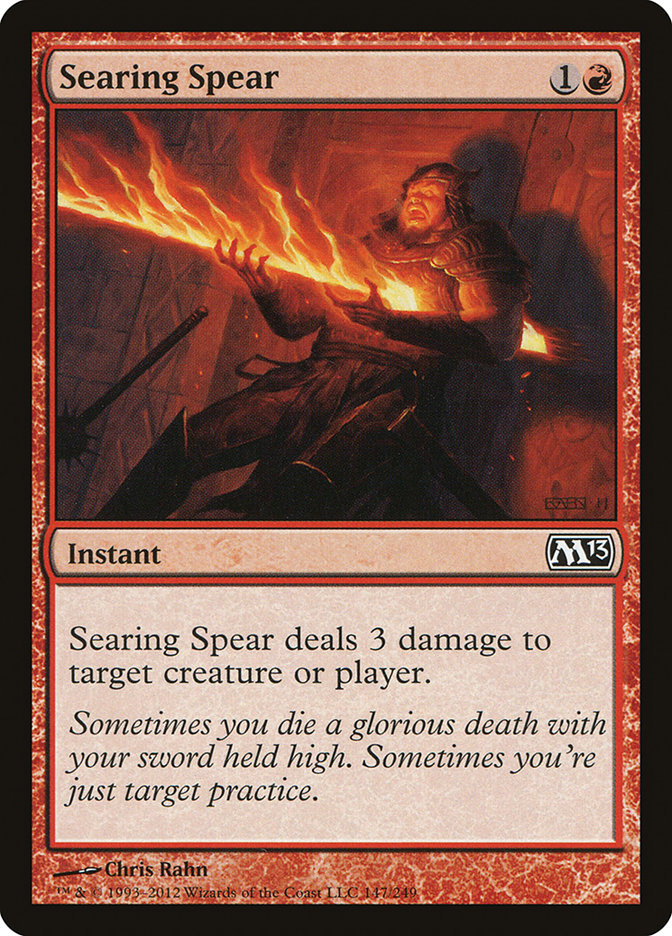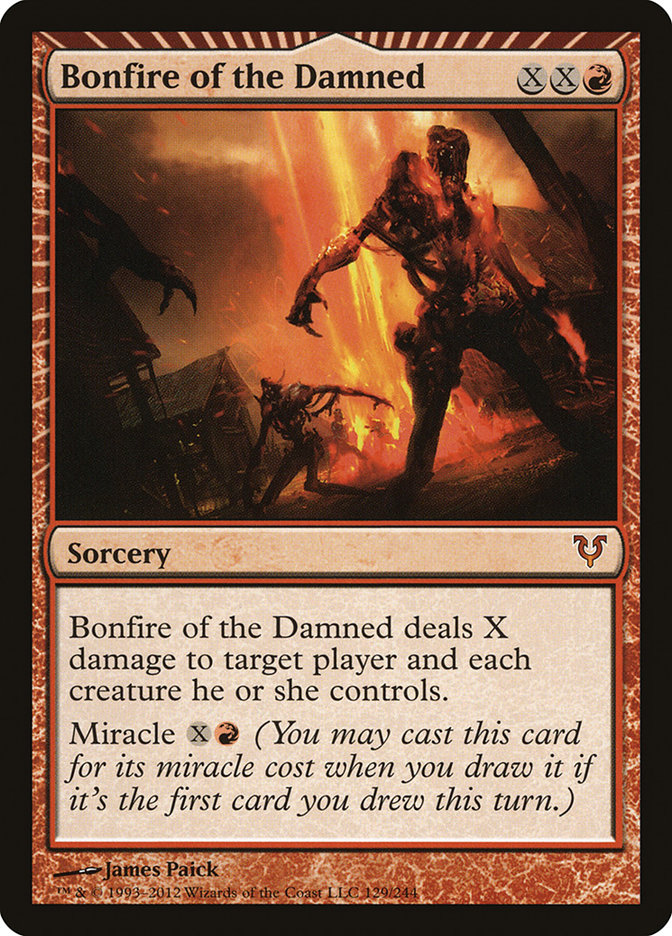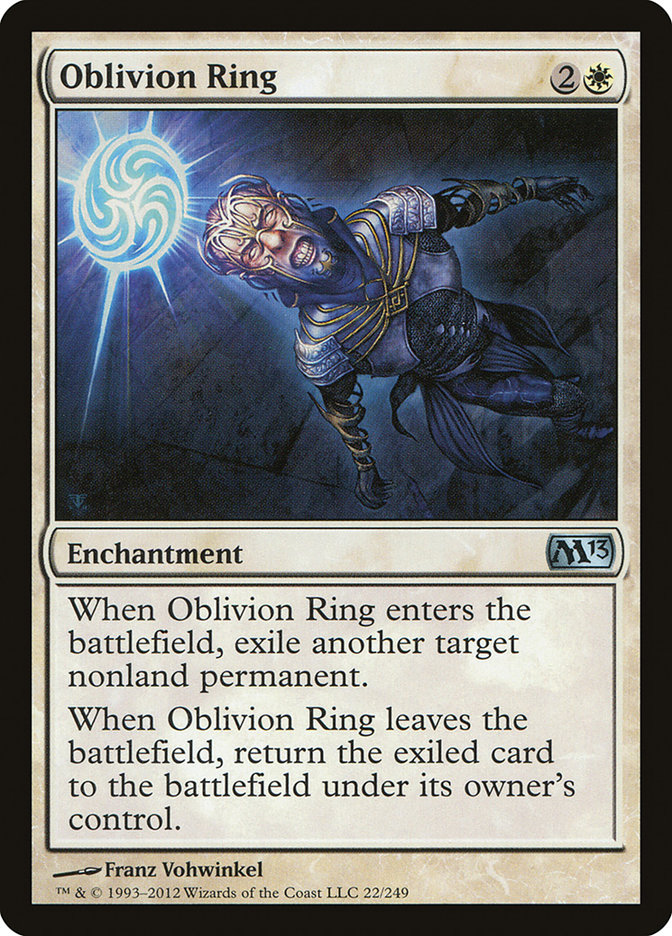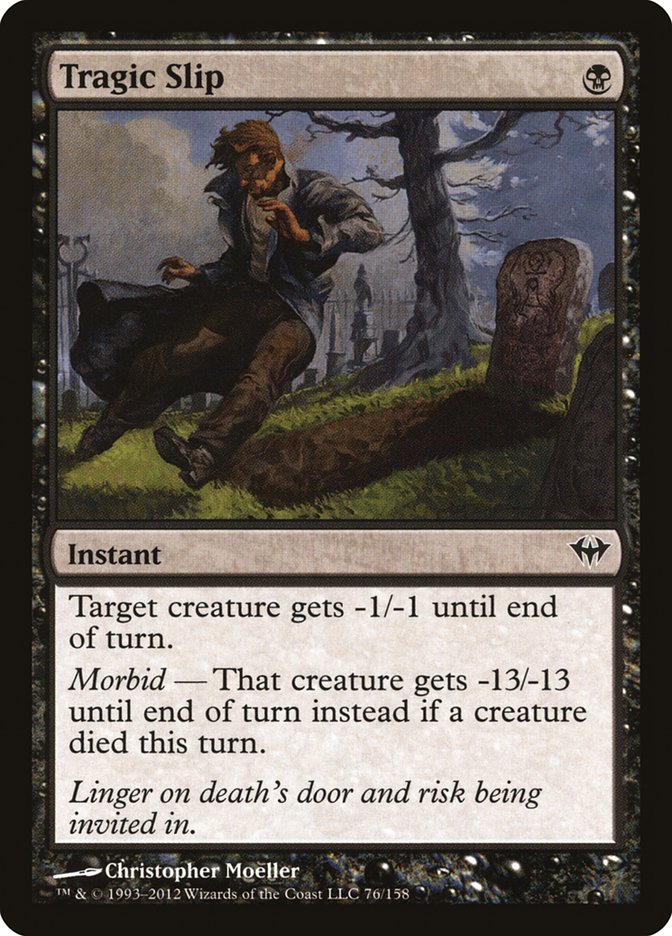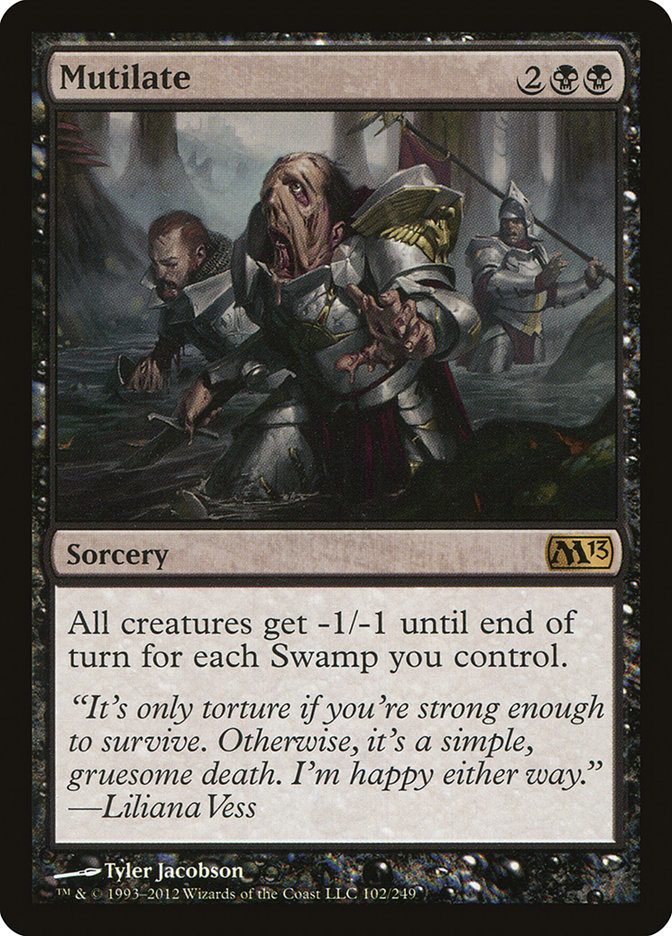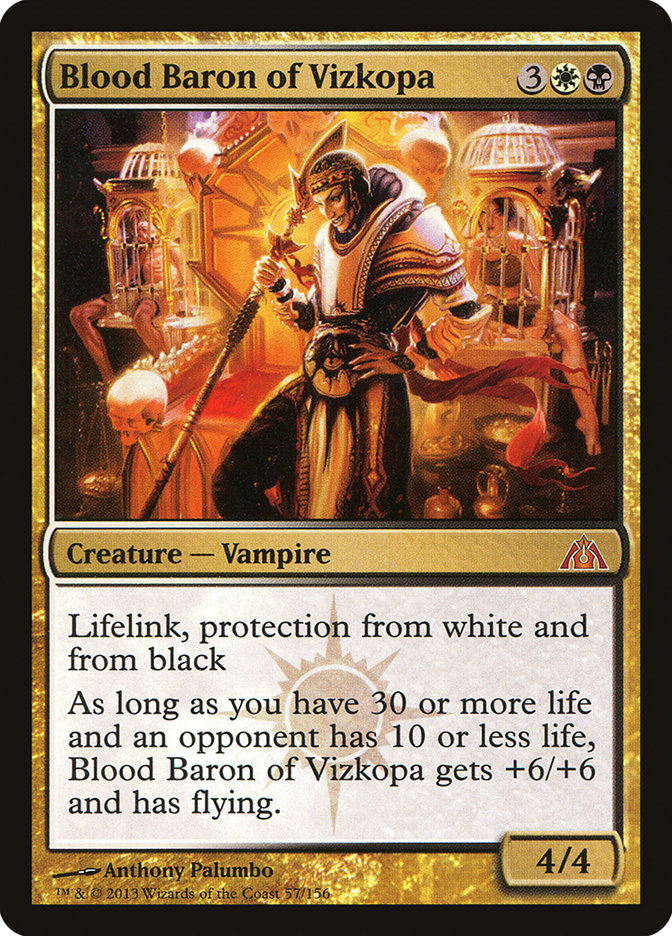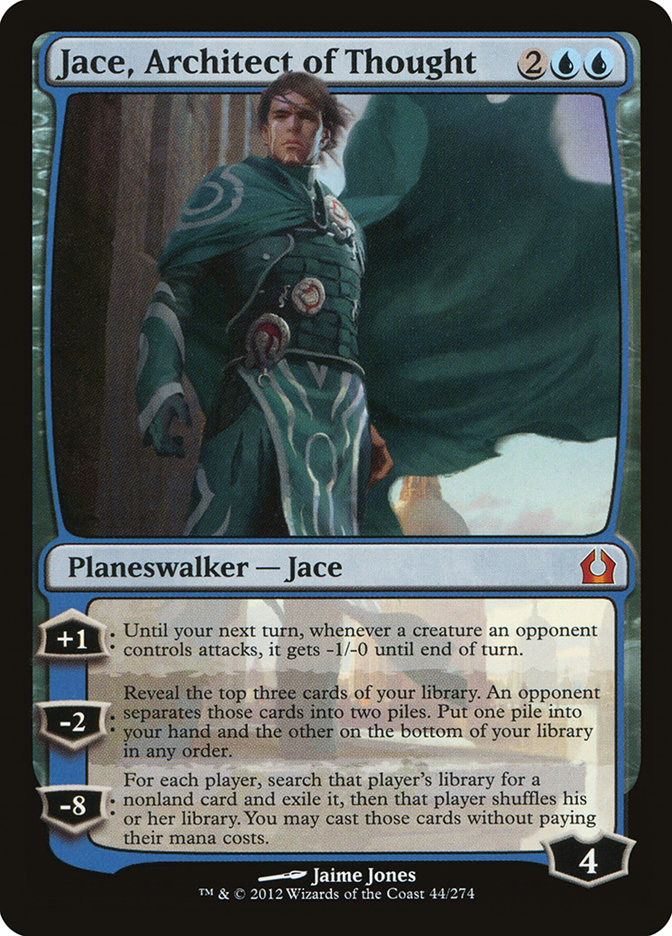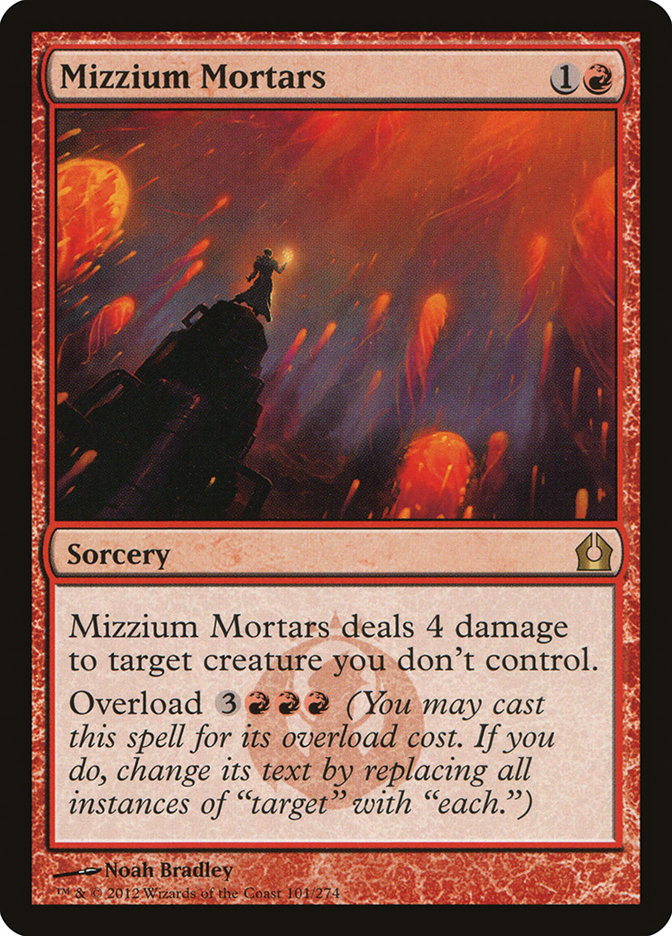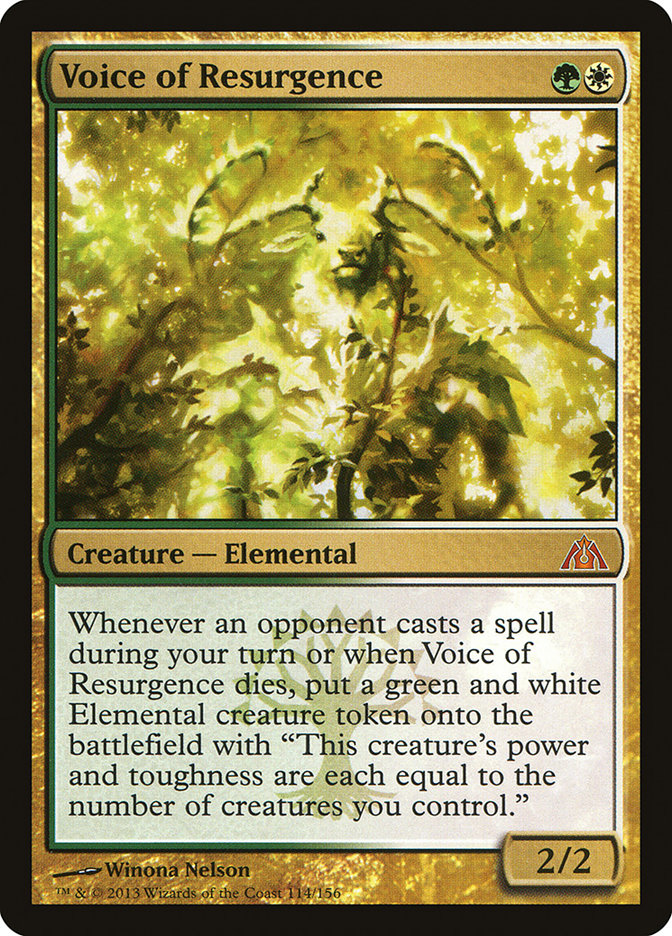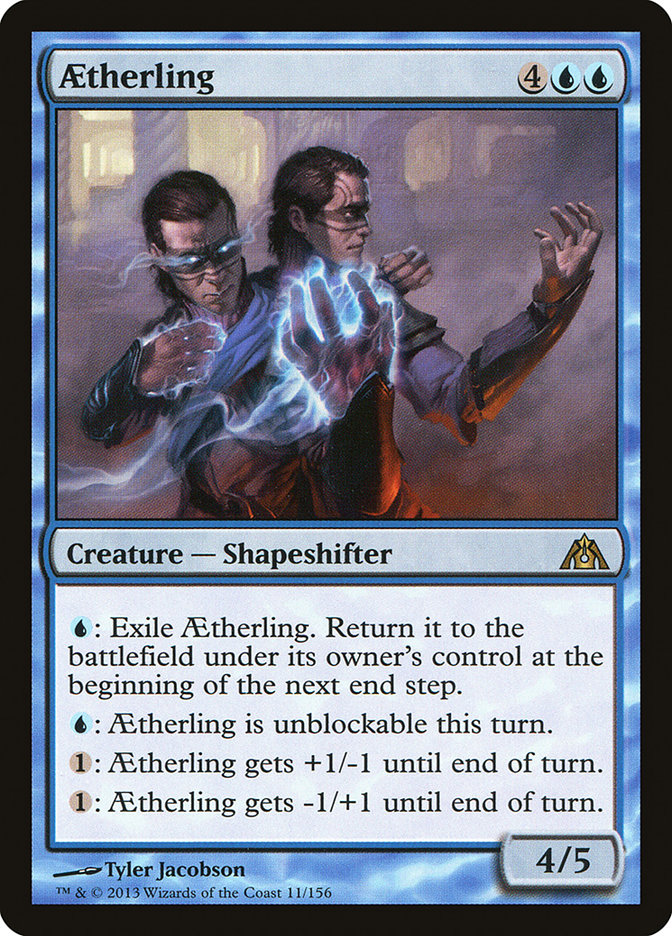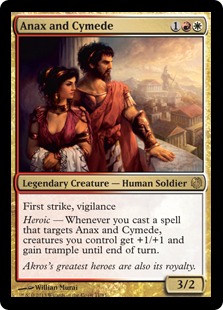Last week we looked at what the exodus of five format-defining cards will do to Standard; this week we are going to look at some of the less flashy changes and then five cards that will be stepping further into the spotlight.
One of the biggest changes we will see to the format post-rotation is to the removal base. What removal is available in a format is an extremely important factor when it comes to determining which creatures will thrive in a format. Very often a certain removal spell will almost completely invalidate an entire class of threats.
When Flametongue Kavu was a legal card in Standard, playing an expensive creature with four toughness was simply something you did not do. When Jace, the Mind Sculptor was legal, you could not play any large creature that did not have either haste or an enters the battlefield effect, as allowing your opponent a free turn to cast Jace and bounce it was suicide.
Looking at our current Standard format, we can see this effect most exemplified by Pillar of Flame. When Pillar of Flame is on the decline, powerful recursive threats like Strangleroot Geist, Gravecrawler, Geralf’s Messenger, and Voice of Resurgence will run rampant. Yet when you can answer any one of these potent cards for only a single red mana—and usually for a tempo advantage as well—it takes much of the sting out of them.
While I am ecstatic that I will never have to be on the receiving end of a miracled Bonfire of the Damned ever again, the real gainers in Bonfire making its exit are decks that rely on many one-toughness creatures. A hard cast Bonfire of the Damned for one or two was a real nightmare for decks like that, and now the only red sweeper left, Mizzium Mortars, costs six mana.
Searing Spear and Brimstone Volley leaving takes away two more of red’s better burn spells. There’s a good reason that the Mono-Red Aggro decks in Return to Ravnica Block Constructed run very few removal spells; aside from Mizzium Mortars, there aren’t very many good options.
Another card exiting that we’ve grown accustomed to is the all-purpose answer Oblivion Ring. While not the most oppressively powerful card and a card that is for the most part outclassed by Detention Sphere in Azorius decks, it is an excellent check on planeswalkers and other troublesome permanents. Without this safety valve, it is very possible that difficult to answer permanents will be able to give white decks trouble again.
Black’s removal suite will also be getting an overhaul. Liliana of the Veil’s departure removes a powerful edict effect from the format, while Tragic Slip’s rotation bodes well for mana dorks and other one-drops. Mutilate is a card that feels like it just arrived as a powerhouse in the B/G Midrange decks that have been seeing play lately, but it will be hitting the bench as well. This leaves Supreme Verdict—and to a lesser extent Mizzium Mortars—as the only remaining board sweeper.
The Big Winners
As cards leave and the rules of a format shift, other cards stand up to take the limelight. Here are five cards that will have much greater roles in Standard than they did previously.
Usually the best way to see which cards will be breakout stars in new Standard formats is by taking a look at the previous Block Constructed format, and Blood Baron of Vizkopa did a ton of heavy lifting at Pro Tour Dragon’s Maze.
Blood Baron is currently held back in Standard by a number of factors, the most important being how poorly he matches up against Thragtusk. In fact, Blood Baron is very weak versus pretty much the entire Jund deck and also against two of the other big decks in the format in U/W/R Flash (which has Supreme Verdict and counterspells) and G/R Aggro (which can go through or over it).
Almost all of the main components of those decks are rotating, along with many of the best monocolored creatures and removal spells. What is left are many multicolored creatures like Loxodon Smiter, Boros Reckoner, and Voice of Resurgence, along with many multicolored removal spells like Putrefy, Warleader’s Helix, and Detention Sphere—in case you didn’t notice, all of these cards have either white or black.
In fact, at least pre-Theros, the only real ways to kill Blood Baron are Mizzium Mortars, Supreme Verdict, and a well-timed Far // Away. Blood Baron’s extreme resistance to so much of the format, along with his power versus aggressive decks, makes him an easy front-runner for a big jump into the majors.
Another Block Constructed all-star poised to make huge gains is Jace, Architect of Thought. It’s easy to miss the subtle cards that are rotating, but the blue card draw suite of Think Twice, Thought Scour, Snapcaster Mage, and Auger of Bolas are all rotating, leaving a huge hole in accruing any sort of card advantage before you start chaining Sphinx’s Revelation. Control decks are going to need something to fill this void, and unless you want to be casting Divination (which really isn’t awful, just not ideal), Jace is going to be your go-to guy.
Aside from the lack of options, Jace, Architect of Thought is also just going to be a much better card due to the nature of the environment. Prior to rotation Standard was littered with many haste creatures, and almost all of them will be leaving us. Falkenrath Aristocrat, Hellrider, Thundermaw Hellkite, Strangleroot Geist, and Flinthoof Boar will all be hitting the bench, which makes it a much safer world for planeswalkers to walk in.
This, coupled with the loss of Oblivion Ring, means Jace is poised to make some pretty big gains. The days of Flash style control decks are likely behind us, at least for now, and will likely be replaced by bigger tapout / planeswalker style control decks.
Speaking of huge gains, sometimes all of your competition just drops dead. Pretty much every good red removal spell is rotating, leaving us with essentially Shock and nothing else. Mizzium Mortars was already a good removal spell, offering red decks a way to deal with larger creatures like Loxodon Smiter while also doing a very reasonable Bonfire of the Damned impersonation.
Now it is the only good removal spell.
Unless Theros adds some high-quality burn spells into the mix, expect Mizzium Mortars to make a huge impact. The fact that it is also one of the few answers to Blood Baron of Vizkopa further pushes its value. Another thing to consider about Mizzium Mortars being the premier removal spell for red decks is that it can’t go to the face. While it is very good at killing creatures, it does not always provide the reach that a card like Searing Spear could. This means red decks relying on it as a premier removal spell will be leaning on their creatures to do most, if not all, of their damage.
Another card that was a major player in Block Constructed, Voice of Resurgence has seen a lot of play in both Naya decks and Junk Aristocrat decks but has mostly been held in check by Pillar of Flame. Now that Pillar of Flame has rotated, any deck hoping to control Voice of Resurgence with removal is left with only Annihilating Fire and Detention Sphere to kill it with no drawback.
The other way that decks have dealt with Voice is by simply ignoring it, a task best accomplished by Thragtusk (boy, we sure do talk about him a lot) and Auger of Bolas—options we no longer have.
Voice of Resurgence is a very powerful card versus both aggressive and control decks, and unless Theros gives us cards that can either go over the top of Voice or ignore it via synergy, Voice of Resurgence will be a constant factor that all decks must be built around. You simply cannot build a deck in the new Standard that does not have a plan for this card.
The last card on our list is one of the most unstoppable win conditions printed in a long time. You can Fog it a few times, but actually finding a way to deal with mana plus a resolved Aetherling is almost impossible. At Pro Tour Dragon’s Maze, people were actually sideboarding Debtor’s Pulpit, a completely unplayable card, because it was one of the only answers in the entire format to Aetherling. Almost every long game at Pro Tour Dragon’s Maze came down to Aetherling, and resolving your Aetherling first was a death knell almost every time.
However, this success has not translated over to Standard. There are numerous reasons for this.
Current Standard is a very midgame-oriented format. Extremely powerful haymakers are thrown in the middle turns of the game, with Thragtusks and Thundermaw Hellkites flying this way and that. Aetherling is a late game threat, and without the time to approach such a late game, it has no real way to make a solid impact. While in Block Constructed resolving an Aetherling with a blue mana or two open was enough to stabilize and take over the game, in Standard you might be facing down a second Thundermaw Hellkite or an irreconcilable board state.
Another reason is simply that in Standard it was possible to race an Aetherling. You could fireball them out with Kessig Wolf Run; you could chain some Thragtusks and gain enough life and attackers to race through the eight damage a turn; you could play haste creature after haste creature and pummel them before they could even reach the late game; you could fly right over it with Restoration Angels or a Spectral Flighted Geist of Saint Traft. Standard has the tools necessary to take the game before Aetherling becomes a factor.
Or should I say Standard had the tools necessary.
The only major diminishing factor for Aetherling is the loss of Cavern of Souls, which leaves it vulnerable to countermagic. However, aside from that, a properly defended Aetherling will be one of the biggest threats of the new format. Standard still stands to be a very threat-heavy format, and the control decks are going to need quick and reliable ways to win the game once they have established control—something that Aetherling provides very well.
Spoiler Alert
The last card I would like to talk about is actually in Theros, so if you don’t like spoilers please turn your browser elsewhere.
On the surface this card looks rather good. It has a very respectable body, with two combat-oriented abilities that mesh very well together and allow it to play good offense and defense. To top it all off, it has a keyword ability that could operate as a reusable mini Overrun.
Yet the most glaring number on the card is the number two. As we talked about at the very start of this article, threats are defined in a format by what kinds of answers the format’s removal base provides. As of right now, the major removal spells in the format look to be Shock, Mizzium Mortars, and Doom Blade. If you tap three mana to play this guy, either on defense or as an offensive threat, and your opponent end of turn Shocks him, you are not going to be very happy.
When a card like Shock is the industry standard removal spell, all creatures must be judged by this metric. If Shock is the format’s removal spell of choice, you would almost rather Anax and Cymede be a 2/3 than a 3/2 despite how much better being a 3/2 is.
If Anax and Cymede had been in Ravnica Block Constructed, where Shock was not legal and there was very little cheap efficient removal, it likely would have been a powerful threat in a Boros deck like the one played by Josh Utter-Leyton. Very often cards are simply victims of their own formats.
Wrapping Up
These are all very important things to consider when we start thinking about Theros Standard and about new formats in general.
Tune in next week for a new episode of So You Think You Can Brew, featuring one last hurrah with the current Standard format!
Thanks for reading,
https://www.facebook.com/jimdownsidehttps://www.facebook.com/jimdownside
(I highly encourage all comments and feedback. Feel free to either post in the comments of the article or message me directly on Facebook. Please also feel free to follow me on Facebook, but don’t be offended if I don’t accept your friend request; I only add people I’m acquainted with in person.)

